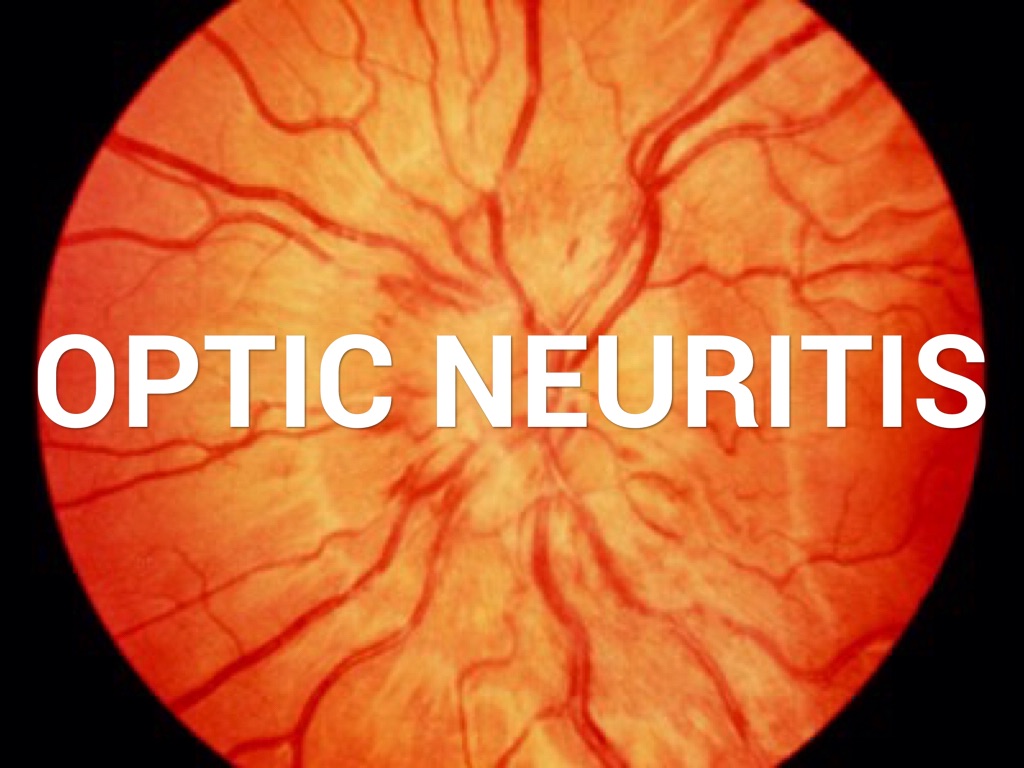
.jpg)
MOG-IgG in NMO and related disorders: a multicenter study of 50 patients. Pache F, Zimmermann H, Mikolajczak J, Schumacher S, Lacheta A, Oertel FC, et al. MOG cell-based assay detects non-MS patients with inflammatory neurologic disease. Waters P, Woodhall M, O’Connor KC, Reindl M, Lang B, Sato DK, et al. Clinical profile of anti-myelin oligodendrocyte glycoprotein antibody seropositive cases of optic neuritis. Matsuda R, Kezuka T, Umazume A, Okunuki Y, Goto H, Tanaka K. Distinction between MOG antibody-positive and AQP4 antibody-positive NMO spectrum disorders. Sato DK, Callegaro D, Lana-Peixoto MA, Waters PJ, de Haidar Jorge FM, Takahashi T, et al. Relationship between NMO-antibody and anti-MOG antibody in optic neuritis. Kezuka T, Usui Y, Yamakawa N, Matsunaga Y, Matsuda R, Masuda M, et al. Refractory optic neuritis nation survey in Japan. Anti-MOG antibodies are present in a subgroup of patients with a neuromyelitis optica phenotype. Pröbstel AK, Rudolf G, Dornmair K, Collongues N, Chanson JB, Sanderson NS, et al. International consensus diagnostic criteria for neuromyelitis optica spectrum disorders.

Wingerchuk DM, Banwell B, Bennett JL, Cabre P, Carroll W, Chitnis T, et al. Anti–myelin oligodendrocyte glycoprotein antibodies in pediatric patients with optic neuritis. Rostasy K, Mader S, Schanda K, Huppke P, Gärtner J, Kraus V, et al.

Increased interleukin-6 correlates with myelin oligodendrocyte glycoprotein antibodies in pediatric monophasic demyelinating diseases and multiple sclerosis. Horellou P, Wang M, Keo V, Chrétien P, Serguera C, Waters P, et al. Antibodies to MOG are transient in childhood acute disseminated encephalomyelitis. Pröbstel AK, Dornmair K, Bittner R, Sperl P, Jenne D, Magalhaes S, et al. Clinical and neuroradiological differences of paediatric acute disseminating encephalomyelitis with and without antibodies to the myelin oligodendrocyte glycoprotein. 2014 85:456–61.īaumann M, Sahin K, Lechner C, Hennes EM, Schanda K, Mader S, et al. Autoantibody biomarkers in childhood-acquired demyelinating syndromes: results from a national surveillance cohort. Hacohen Y, Absoud M, Woodhall M, Cummins C, De Goede CG, Hemingway C, et al. Antibodies to MOG in adults with inflammatory demyelinating disease of the CNS. Kim SM, Woodhall MR, Kim JS, Kim SJ, Park KS, Vincent A, et al. Identification of a pathogenic antibody response to native myelin oligodendrocyte glycoprotein in multiple sclerosis. Zhou D, Srivastava R, Nessler S, Grummel V, Sommer N, Brück W, et al. Pathogenic myelin oligodendrocyte glycoprotein antibodies recognize glycosylated epitopes and perturb oligodendrocyte physiology. Marta CB, Oliver AR, Sweet RA, Pfeiffer SE, Ruddle NH. Antibodies to native myelin oligodendrocyte glycoprotein are serologic markers of early inflammation in multiple sclerosis. Lalive PH, Menge T, Delarasse C, Della Gaspera B, Pham-Dinh D, Villoslada P, et al. Visual functional and histopathological correlation in experimental autoimmune optic neuritis. Matsunaga Y, Kezuka T, An X, Fujita K, Matsuyama N, Matsuda R, et al.

Demyelination induced in aggregating brain cell cultures by a monoclonal antibody against myelin/ oligodendrocyte glycoprotein. 1988 130:443–54.ĭe Kerlero Rosbo N, Honegger P, Lassmann H, Matthieu JM. Augmentation of demyelination in rat acute allergic encephalomyelitis by circulating mouse monoclonal antibodies directed against a myelin/oligodendrocyte glycoprotein. Linington C, Bradl M, Lassmann H, Brunner C, Vass K. Myelin/oligodendrocyte glycoprotein-specific T-cells induce severe optic neuritis in the C57BL/6 mouse. Shao H, Huang Z, Sun SL, Kaplan HJ, Sun D. Analysis of the pathogenesis of experimental autoimmune optic neuritis.


 0 kommentar(er)
0 kommentar(er)
